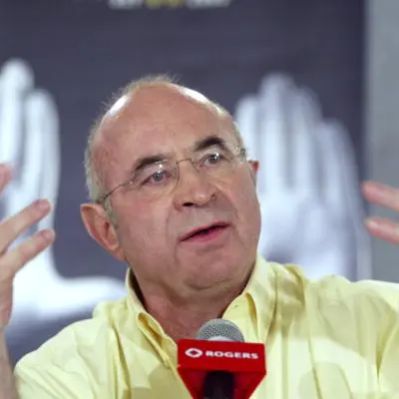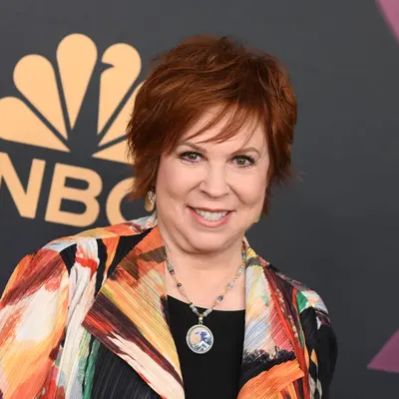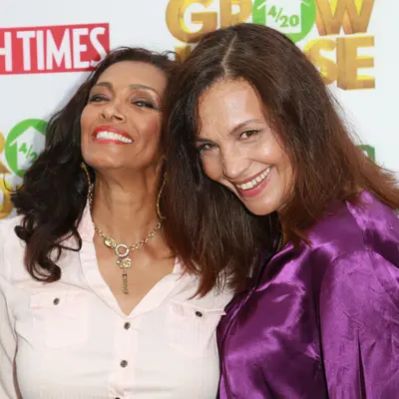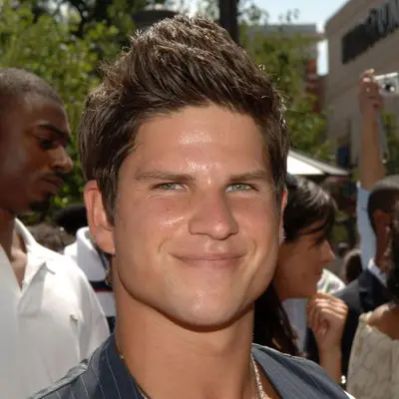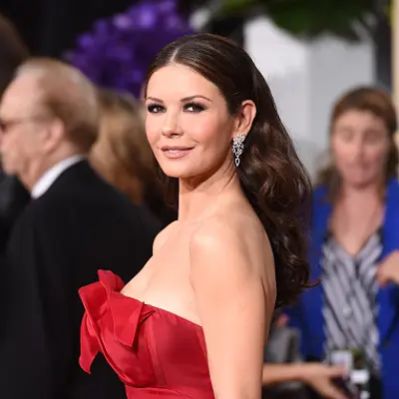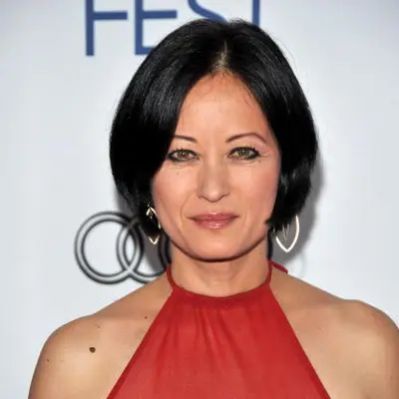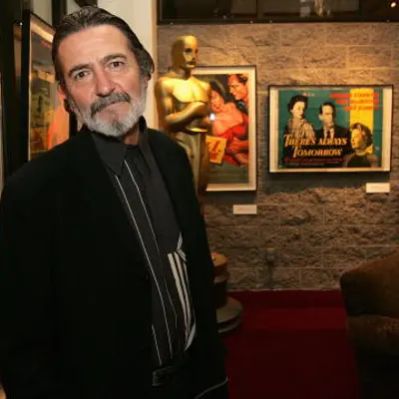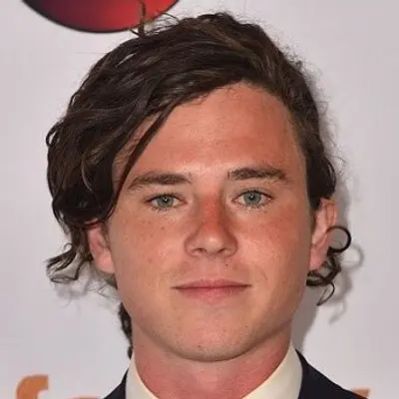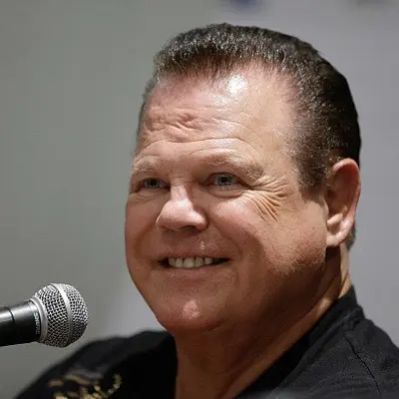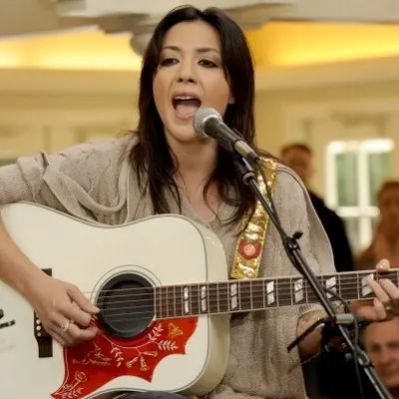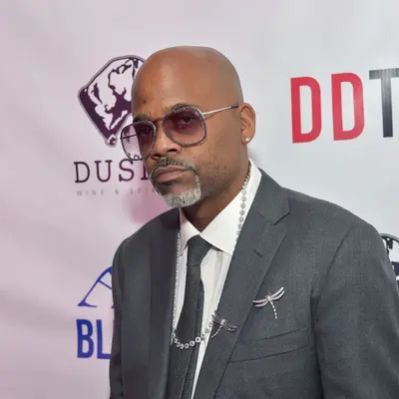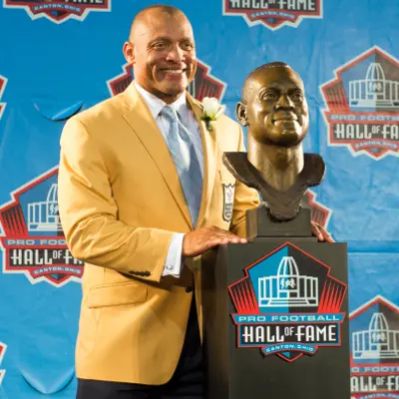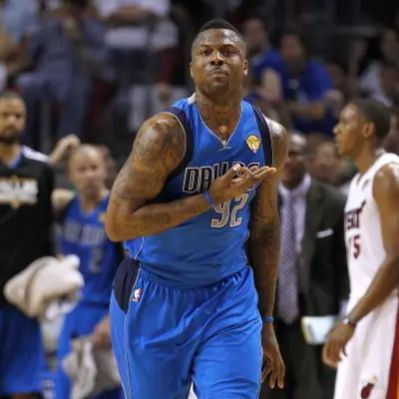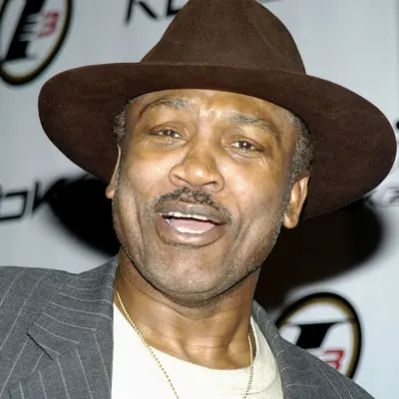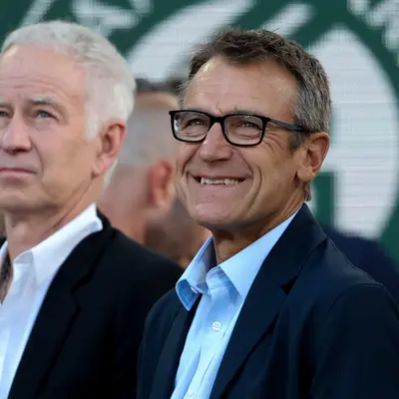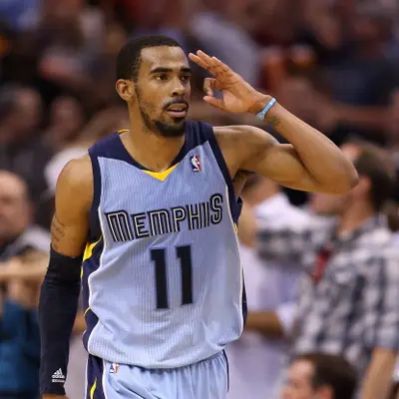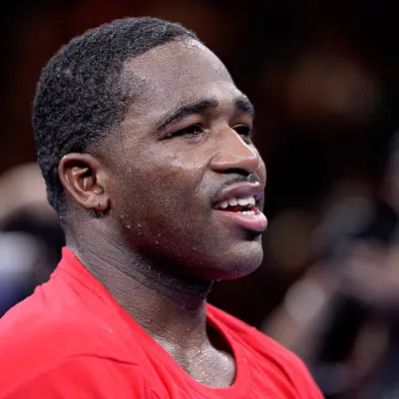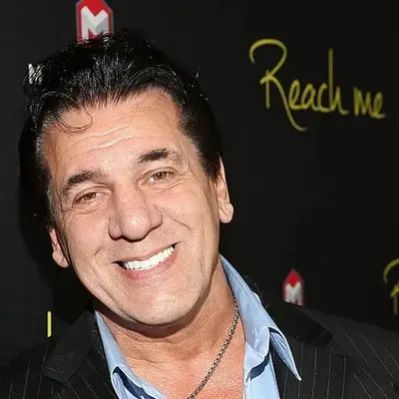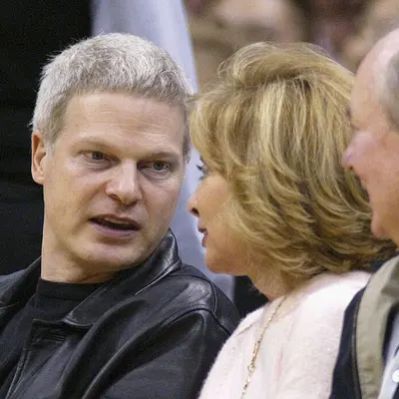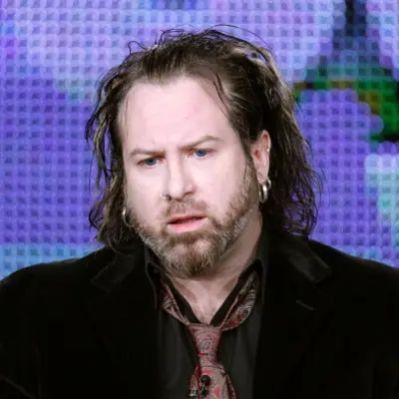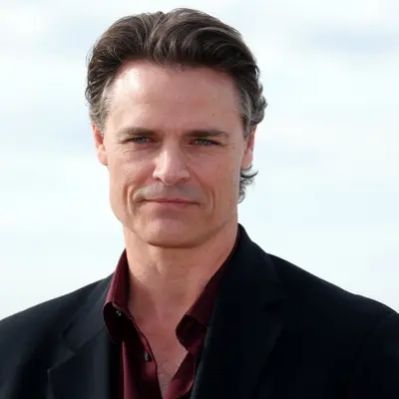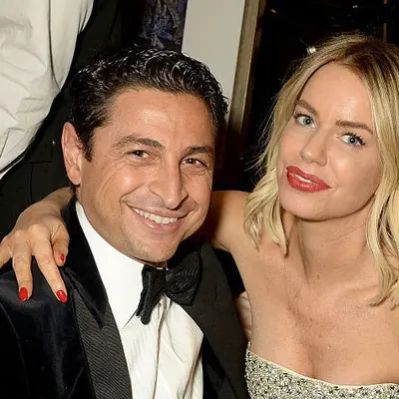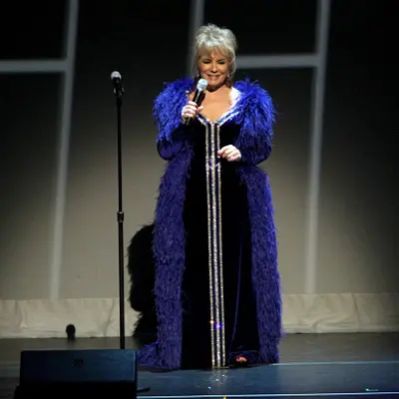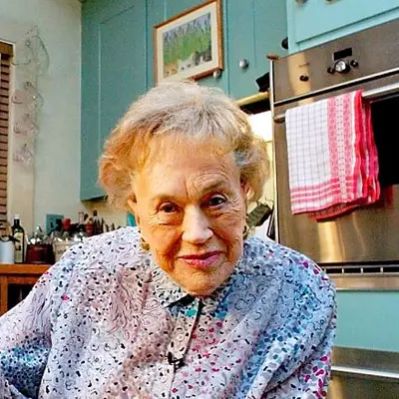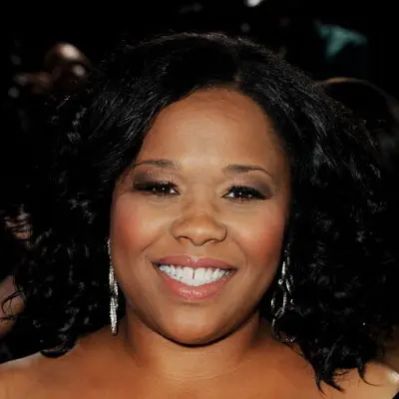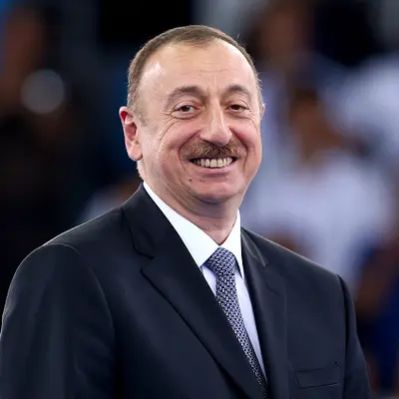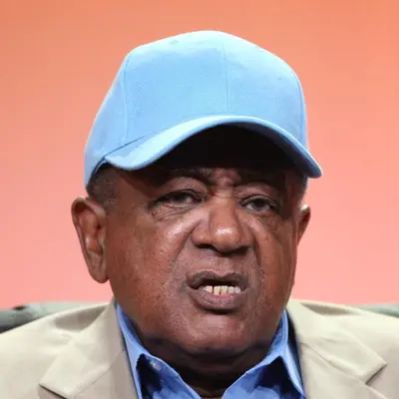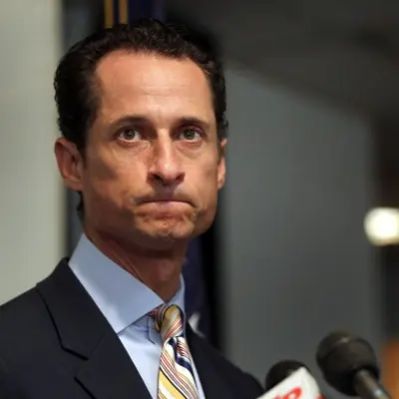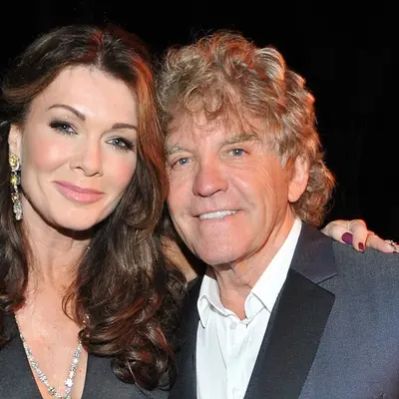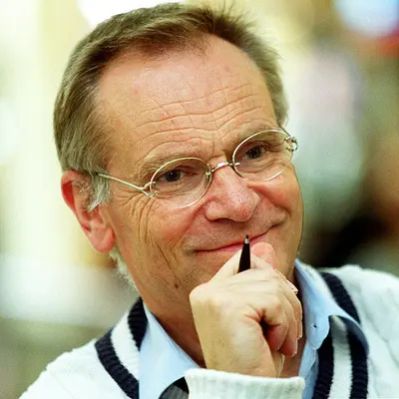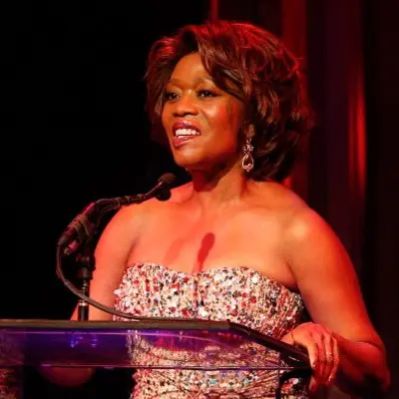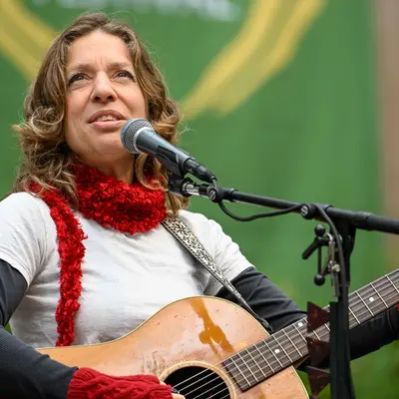What Was Bob Hoskins’ Net Worth?
At the time of his death on April 29, 2014, Bob Hoskins, the esteemed British actor and film director, had a net worth of $4 million. This figure represents the culmination of a career that spanned several decades and included numerous critically acclaimed and commercially successful projects.
Early Life and Career Beginnings
Born Robert William Hoskins on October 26, 1942, in Bury St. Edmunds, Suffolk, England, Bob’s early life provided little indication of the successful acting career that lay ahead. His parents, Elsi Hopkins, a cook and nursery school teacher, and Robert Hoskins, a bookkeeper and lorry driver, relocated to London shortly after his birth. Bob attended Stroud Green Secondary School, where he faced challenges due to dyslexia. By the age of 15, he decided to leave school, having obtained just one O-level qualification. He subsequently took on a series of manual labor jobs, including working as a porter, lorry driver, plumber, and window cleaner. He also embarked on an accountancy course but did not complete it. Hoskins spent six months on a kibbutz in Israel and two years tending to camels in Syria.
Hoskins’s entry into the world of acting was somewhat accidental. In 1968, he secured a role in “Romeo and Juliet” at the Victoria Theatre in Stoke-on-Trent. The following year, while waiting for a friend at the Unity Theatre in London, he was spontaneously asked to audition for a play and landed the part, marking a turning point in his career trajectory. He later joined the Bolton Octagon Theatre outreach troupe, which evolved into the Ken Campbell Roadshow.
Breakthrough Roles and Critical Acclaim
Hoskins’s career gained momentum throughout the 1970s and 1980s. In 1974, he played Alfred Doolittle in a West End production of Bernard Shaw’s “Pygmalion” at the Abbey Theatre. He also appeared in a Royal Shakespeare Company production of Eugene O’Neill’s “The Iceman Cometh” at the Aldwych Theatre in 1976. His first major television role came in 1974 with “On the Move,” followed by a notable appearance in the six-part drama “Pennies from Heaven” in 1978.
The 1980s proved to be a pivotal decade for Hoskins. He appeared in the critically acclaimed film “The Long Good Friday” in 1980. In 1981, he co-starred with Helen Mirren in “The Duchess of Malfi” at the Royal Exchange Theatre in Manchester. His role in Terry Gilliam’s “Brazil” (1985) further cemented his reputation. However, it was his performance in “Mona Lisa” (1986) that catapulted him to international stardom. For his portrayal of George, a low-level London mobster, Hoskins received widespread acclaim, earning a Cannes Award, a Golden Globe for Best Actor, and a BAFTA Award. He was also nominated for an Academy Award for Best Actor, though he ultimately lost to Paul Newman for “The Color of Money.”
In 1987, Hoskins was initially slated as Robert De Niro’s replacement for the part of Al Capone in “The Untouchables,” but his presence in the film was not required. As compensation for his commitment, the director mailed Hoskins a check for $200,000.
Commercial Success and Continued Recognition
In 1988, Hoskins starred as private investigator Eddie Valiant in the groundbreaking live-action/animated film “Who Framed Roger Rabbit.” The film was a massive commercial success, grossing over $329 million worldwide. Hoskins’s performance was lauded, earning him a Golden Globe nomination and a British Evening Standard Award.
Throughout the early 1990s, Hoskins continued to appear in a variety of films, including “Mermaids” (1990), “Hook” (1991), and “The Inner Circle” (1991). He was cast as J. Edgar Hoover in the film “Nixon” (1995). The cast of the film was nominated at the Screen Actors Guild Awards in the Outstanding Performance by a Cast in a Motion Picture category.
In the latter half of the 1990s, Bob appeared in “Rainbow,” “Michael,” “The Secret Agent,” “Cousin Bette,” and “Twenty Four Seven.” For the latter film, he won the European Film Award for Best Actor. In 1999, he appeared in “Felicia’s Journey” and won the Genie Award for Best Performance by an Actor in a Leading Role.
In the 2000s, Hoskins’s film credits included “Enemy at the Gates” (2001), “Last Orders” (2001), “Maid in Manhattan” (2002), “Beyond the Sea” (2004), and “Unleashed” (2005). In 2005, he appeared in “Mrs. Henderson Presents” as Vivian Van Damm. He received nominations at the Golden Globes and the British Independent Film Awards for his performance. His roles during this decade added to his overall career earnings and contributed to his net worth.
In 2006, he had roles in “Paris, je t’aime,” “The Wind in the Willows,” “Hollywoodland,” and “Garfield: A Tail of Two Kitties.” His performance in the 2007 film “Ruby Blue” won him the Oxford International Film Festival award in the Best Actor category.
Later Career and Retirement
Hoskins’s final film role was in “Snow White and the Huntsman” in 2012. This marked the end of a prolific career, as he announced his retirement in August 2012 due to being diagnosed with Parkinson’s disease. The decision to retire was undoubtedly a difficult one for Hoskins, but it was necessary to prioritize his health and well-being.
Personal Life and Estate
Hoskins was married twice. His first marriage was to Jane Livesey, with whom he had two children, Alex (born in 1968) and Sarah (born in 1972). After their divorce, he married Linda Barnwell, and they had two children, Rose (born in 1983) and Jack (born in 1986).
Bob Hoskins spent his time between his homes in London and East Sussex. He was a vocal critic of Tony Blair despite being a Labour Party supporter for most of his life. Later in his life, Bob’s wife persuaded him to give up alcohol.
Bob Hoskins died of pneumonia on April 29, 2014, at the age of 71. He was survived by his wife, Linda, and his four children. He was buried in Highgate Cemetery in London. Following his death, a number of actors paid tribute, such as Stephen Fry, Helen Mirren, and Samuel L. Jackson.
The $4 million net worth at the time of his death was a result of many high profile roles, television appearances, and early stage acting.
 Net Worth Ranker
Net Worth Ranker
